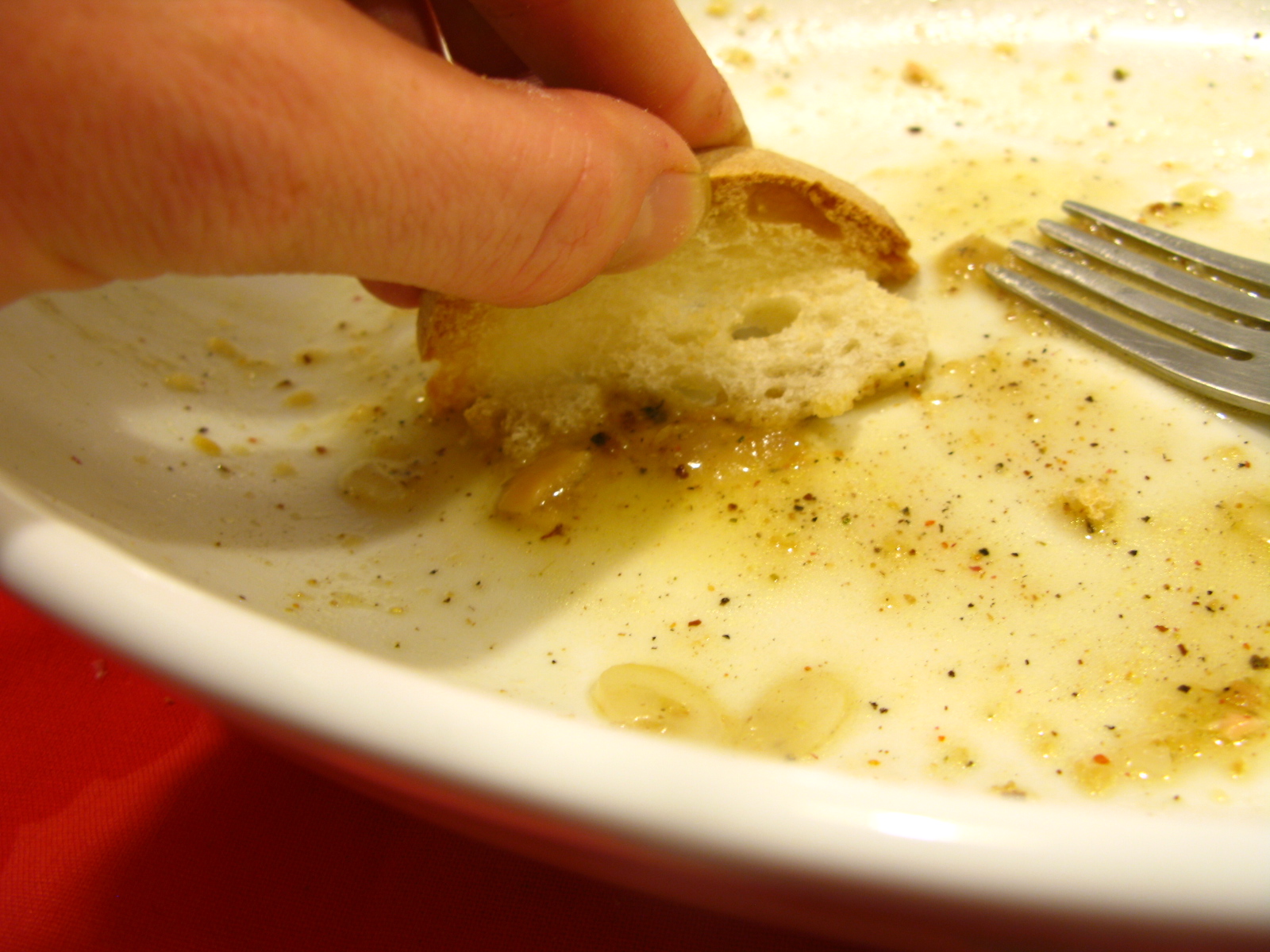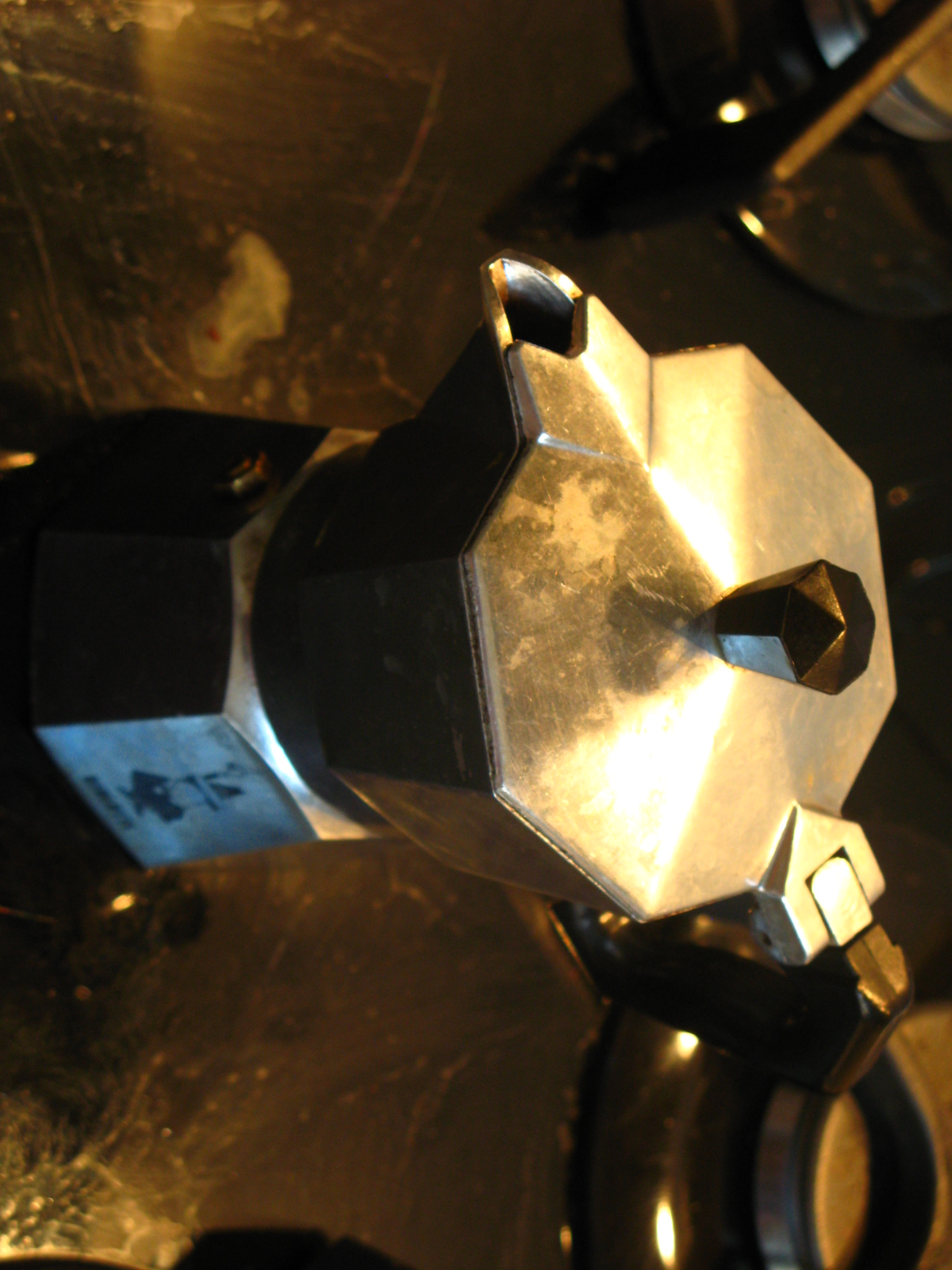After about an hour drive south through the Tuscan countryside you will arrive in Arezzo. Before Rome was even in existence, Arezzo was already one of the strongest and richest of the Etruscan towns and it had a place in of preeminence in the Confederation of the 12 Great City-States of the Etruscan League that also included Mantua, Felsina, Ravenna, Cortona, Chiusi, Veio, Cere, Tarquinia, Vetulonia, and Populonia.Numerous and important archeological finds in the area show the splendor of the Etruscan art and the perfection of its crafts in a period in which other Italian civilizations were still fairly primitive. Modern Arezzo is not only a lovely city, it’s also one of the wealthiest cities in Tuscany.
The ancient crafts have come down through the centuries and today Arezzo still produces exquisite gold jewelry and high fashion clothing for the whole world. Arezzo is a charming town with several interesting squares and buildings.Notable is the cathedral, a large gothic construction begun at the end of the 13th century and finished in the 15th. The Duomo dominates the city with its size, looking out upon all the roofs of Arezzo and the surrounding hills. It’s façade remained incomplete until the 20th century when it was finally finished using a design by Dante Viviani.
The inside of the church is divided into three majestic naves. Of particular interest are the beautiful stained-glass made mostly by Guglielmo de Marcillat in the 16th century. In the left nave you can see the fresco by Piero della Francesca of “Maddalena” and the “Cenotafio of Guido Tarlati”. The suggestive “Piazza Grande” opens in the heart of the medieval city.
This unusually shaped square with its strong incline, was built around 1200 with a perimeter much larger than the actual.Today this square is the theater to the famous Jousting Contest held during June and September, and the wonderful antique market held during the first Sunday of every month (and the Saturday before the first Sunday). There are some excellent bargains to be had here, not junk, but excellent pieces of furniture, paintings, and ceramics.We can help you ship things home, if you get carried away and buy too much! At the higher side of the “Piazza Grande” you will see the “Palazzo del Comune” or town hall, of which additional traces can be seen at the top of Via Pelliceria, and the “Palazzo del Popolo” whose ruins can be seen in Via dei Pileati, incorporated in the supporting wall of the embankment of “Prato”.During the 16th century, when the first of the two public palaces was abandoned, and the second was demolished, the city’s defenses were deeply modified and the square was reduced to its actual size on the northeast size of the arcades designed by Giorgio Vasari who was born in Arezzo.
After you leave Arezzo, your driver will bring you to Cortona, but not before making a stop at “Planet Gold”, where you will get the chance to see a real goldsmith working, using the traditional methods of this crafts. If you like, you can have a piece of jewelry custom made while you watch! “Planet Gold” sells high quality products with up to a 50% discount.Your next stop is Cortona, one of the oldest cities in Tuscany and one of the 12 great City-States of the Etruscan League. In fact, Etruscan work is still visible in the foundations of Cortona’s massive stone walls. It’s the more than 2000 years of history that make Cortona one of the most fascinating and characteristic of Italian cities.Built on Monte Egidio, above the Medici Fortress, Cortona is a city constructed with steep streets, paved with huge stones. Almost all of the historic center of Cortona is Medieval or from the Renaissance.
You should begin your visit to this town with the Medieval Cortona right from the “Palazzo Comunale” located in the Piazza della Rupubblica. From here a stairway leads to the Piazza Signorelli where you will see the Palazzo Casali, in which the Etruscan Accademia is located.From one of Cortona’s top walls, you can admire one of the most beautiful views in Italy – the immense Val di Chiana, the mountains of Siena with the peak of Amiata in the foreground, and the Trasimeno Lake. Cortona was a major seat of power during the middle ages and held its own against larger towns like Arezzo e Siena. It began its decline when it was defeated by Naples in the beginning of the 15th century after which is was sold to Florence and was no longer autonomous. In Cortona you will see the Etruscan Accademia museum, the Town Hall, the Palazzo Laparelli, the Medici Fortress, the Cathedral, the Diocesan Museum, the Basilica of Santa Margherita, and the churches of San Domenico and San Francesco, besides enjoying your walk through this interesting and unforgettable place.
Article by : Prestigerent











cool tour i would like travel around this places….i love Tuscany Ceramics and Umbria Ceramics, i wanna go there to buy much Italian Ceramics…
cool tour i would like travel around this places….i love Tuscany Ceramics and Umbria Ceramics, i wanna go there to buy much Italian Ceramics…